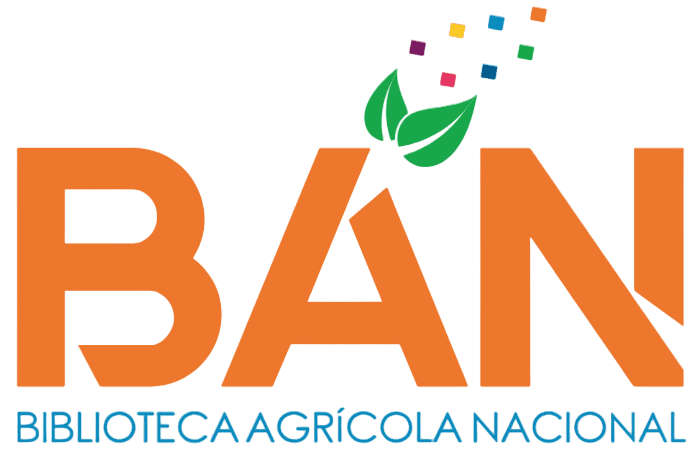Análisis de la producción de compost a partir de residuos orgánicos en el distrito de Jesús María, Lima
Loading...
Código QR
Authors
García Mendoza, Jimmy Harold
Contact Email
Abstract
El presente trabajo de suficiencia profesional analiza la producción de compost a partir de residuos orgánicos que se generan en el distrito de Jesús María; para ello se describe la experiencia laboral del autor como coordinador de la Planta de Valorización de Residuos Sólidos Orgánicos, en donde se desarrolla el área de compostaje. Se pudo observar y cuantificar la baja cantidad de residuos que se venía valorizando en el año 2023; por lo tanto, se propuso alternativas para aumentar la valorización de residuos orgánicos. La primera alternativa, es de aprovechar al máximo los residuos que se generan en las actividades de mantenimiento de las áreas verdes del distrito, como podas de árboles (utilizar las ramas secas, pequeñas y delgadas), hojas secas, corte de grass, mantenimiento de macizos y arbustos para así aumentar los residuos aprovechables y reducir la cantidad de maleza generada, donde la disposición final de estos es costosa. La solución consiste en coordinar con la Subgerencia de Áreas Verdes y plantear programaciones del mantenimiento general de los parques y jardines para obtener y reutilizar la mayor cantidad de residuos. Seguidamente, con la cosecha de compost se vuelve a utilizar este material para abonar todas las áreas verdes del distrito, promoviendo la economía circular y reduciendo los costos del Municipio. Como segunda alternativa es, integrar a todos los mercados del distrito, algunos restaurantes y un centro de estudio para que participen en la segregación de residuos orgánicos. Para estos participantes, parte de la motivación es obsequiarles plantas provenientes de la producción en el Vivero Municipal utilizando el compost generado por estos mismos residuos.
This professional proficiency thesis analyzes the production of compost from organic waste generated in the Jesús María district. To this end, the author describes his work experience as coordinator of the Organic Solid Waste Recovery Plant, where the composting area is located. The low amount of waste being recovered in 2023 was observed and quantified; therefore, alternatives to increase the recovery of organic waste were proposed. The first alternative is to maximize the waste generated during maintenance activities in the district's green areas, such as tree pruning (using dry, small, and thin branches), dry leaves, grass cutting, and maintenance of flower beds and shrubs, thus increasing usable waste and reducing the amount of weeds generated, which are costly to dispose of. The solution is to coordinate with the Green Areas Sub-Management and propose general maintenance schedules for parks and gardens to obtain and reuse the largest amount of waste. Subsequently, with the compost harvest, this material is reused to fertilize all the district's green areas, promoting the circular economy and reducing municipal costs. A second alternative is to involve all the district's markets, some restaurants, and a school to participate in the segregation of organic waste. Part of the motivation for these participants is to provide them with plants produced at the Municipal Nursery using the compost generated from this same waste.
This professional proficiency thesis analyzes the production of compost from organic waste generated in the Jesús María district. To this end, the author describes his work experience as coordinator of the Organic Solid Waste Recovery Plant, where the composting area is located. The low amount of waste being recovered in 2023 was observed and quantified; therefore, alternatives to increase the recovery of organic waste were proposed. The first alternative is to maximize the waste generated during maintenance activities in the district's green areas, such as tree pruning (using dry, small, and thin branches), dry leaves, grass cutting, and maintenance of flower beds and shrubs, thus increasing usable waste and reducing the amount of weeds generated, which are costly to dispose of. The solution is to coordinate with the Green Areas Sub-Management and propose general maintenance schedules for parks and gardens to obtain and reuse the largest amount of waste. Subsequently, with the compost harvest, this material is reused to fertilize all the district's green areas, promoting the circular economy and reducing municipal costs. A second alternative is to involve all the district's markets, some restaurants, and a school to participate in the segregation of organic waste. Part of the motivation for these participants is to provide them with plants produced at the Municipal Nursery using the compost generated from this same waste.
Description
Universidad Nacional Agraria La Molina. Facultad de Ciencias Forestales. Departamento Académico de Manejo Forestal
Keywords
Compost
Citation
Date
2025
Collections
Seleccionar año de consulta:
Licencia de uso

Excepto si se señala otra cosa, la licencia del ítem se describe como info:eu-repo/semantics/openAccess

